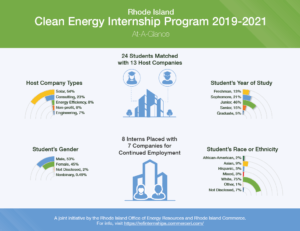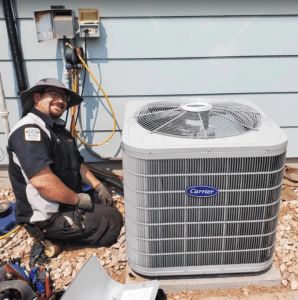
Before the association between attraction and power was found, electrostatic generators were concocted. They worked on electrostatic standards, by utilizing moving electrically charged belts, plates, and circles that conveyed charge to a high expected terminal. The charge was produced utilizing both two systems: electrostatic acceptance or triboelectric impact. Such cheap energy rates in Dallas generators produced extremely high voltage and low current. As a result of their shortcoming and the trouble of protecting machines that delivered extremely high voltages, electrostatic generators had low power evaluations and were never utilized for the age of industrially huge amounts of electric power. Their main commonsense applications were to control early X-beam tubes and later in some nuclear molecule gas pedals.
- Faraday circle generator
This plan was wasteful, because of self-dropping counterflows of current in locales of the plate that were not affected by the attractive field. While the current was actuated straightforwardly under the magnet, the current would flow in reverse in areas that were outside the impact of the attractive field. This counterflow restricted the power result to the pickup wires and prompted squander warming of the copper plate. Later homopolar generators would take care of this issue by utilizing a variety of magnets organized around the plate border to keep a consistent field impact in one current-stream bearing.
Another hindrance was that the resulting voltage was extremely low, because of the single current way through the attractive motion. Experimenters found that involving various turns of wire in a loop could deliver higher, more valuable voltages. Since the resulting voltage is corresponding to the number of turns, generators could be effortlessly intended to create any ideal voltage by shifting the number of turns. Wire windings turned into a fundamental element of all ensuing generator plans.
- Jedlik and the self-excitation peculiarity
Freely of Faraday, Ányos Jedlik began testing in 1827 with electromagnetic pivoting gadgets which he called electromagnetic self-rotors. In the model of the single-shaft electric starter (completed somewhere in the range of 1852 and 1854), both the fixed and the rotating parts were electromagnetic. It was likewise the revelation of the standard of dynamo self-excitation, which supplanted long-lasting magnet plans. He additionally may have formed the idea of the dynamo in 1861 (preceding Siemens and Wheatstone) however didn’t patent it as he naturally suspected he was not quick to understand this.
Direct current generators
A curl of wire pivoting in an attractive field delivers an ongoing which takes a different path with each 180° turn, a rotating current (AC). Anyway many early purposes of power required direct current (DC). In the principal reasonable electric generators, called dynamos, the air conditioner was changed over into DC with a commutator and a bunch of pivoting switch contacts on the armature shaft. The commutator switched the association of the armature twisting to the circuit each 180° pivot of the shaft, making a beating DC. One of the main dynamos was worked by Hippolyte Pixii in 1832. The dynamo was the main electrical generator fit for conveying capacity to industry. The Woolrich Electrical Generator of 1844, presently in the Research organization, Birmingham Science Historical center, is the earliest electrical generator utilized in a modern cycle. It was involved by the firm of Elkington’s for business electroplating.
The “dynamo-electric machine” utilized self-controlling electromagnetic field loops as opposed to extremely durable magnets to make the stator field. Wheatstone’s plan was like Siemens’, with the distinction that in Siemens’ plan the stator electromagnets were in series with the rotor, yet in Wheatstone’s plan, they were equal. The utilization of electromagnets as opposed to extremely durable magnets significantly expanded the power result of a dynamo and empowered high power age interestingly. This creation drove straightforwardly to the principal major modern utilization of power. For instance, during the 1870s Siemens utilized electromagnetic dynamos to control electric bend heaters for the development of metals and different materials.




